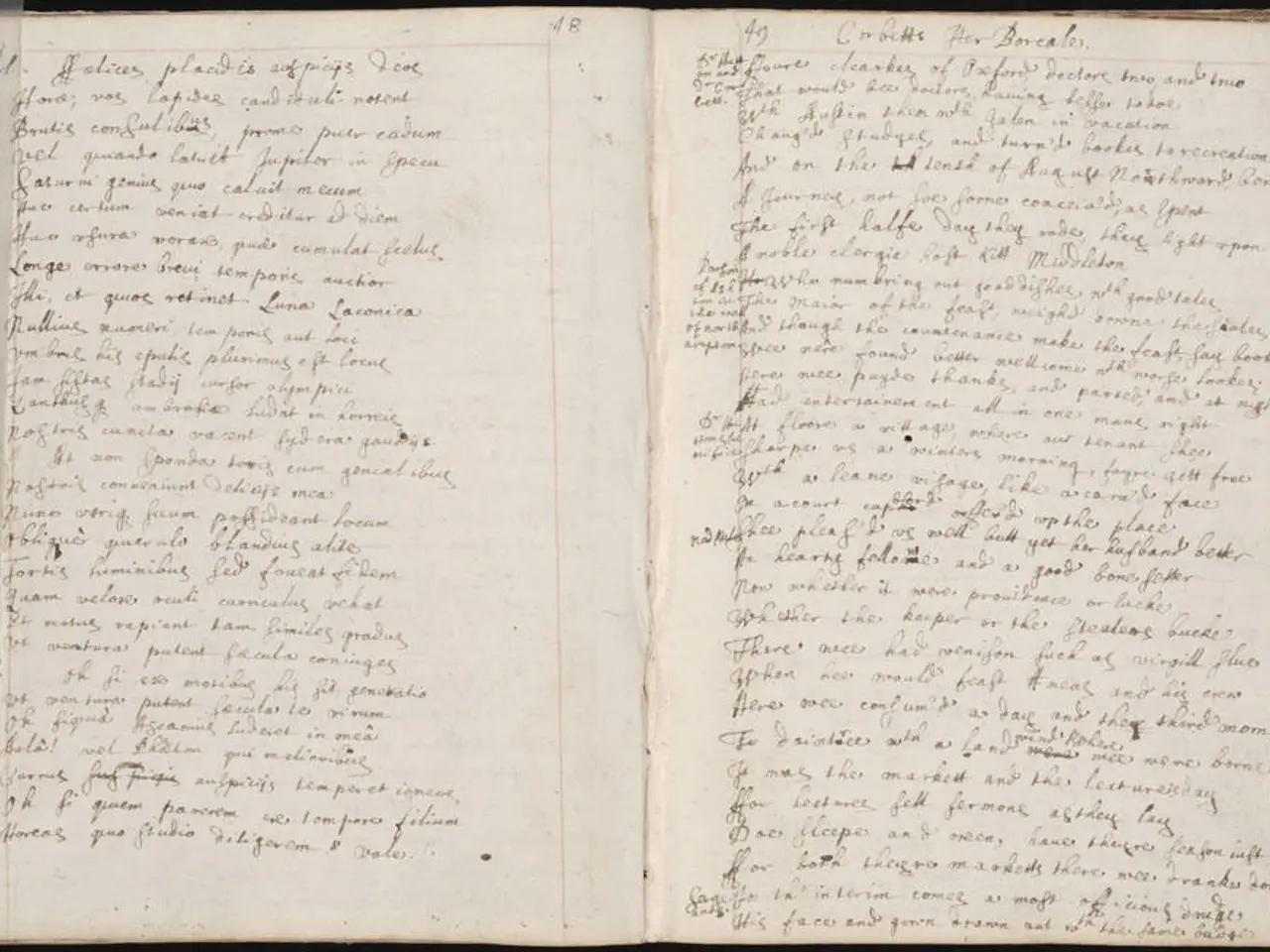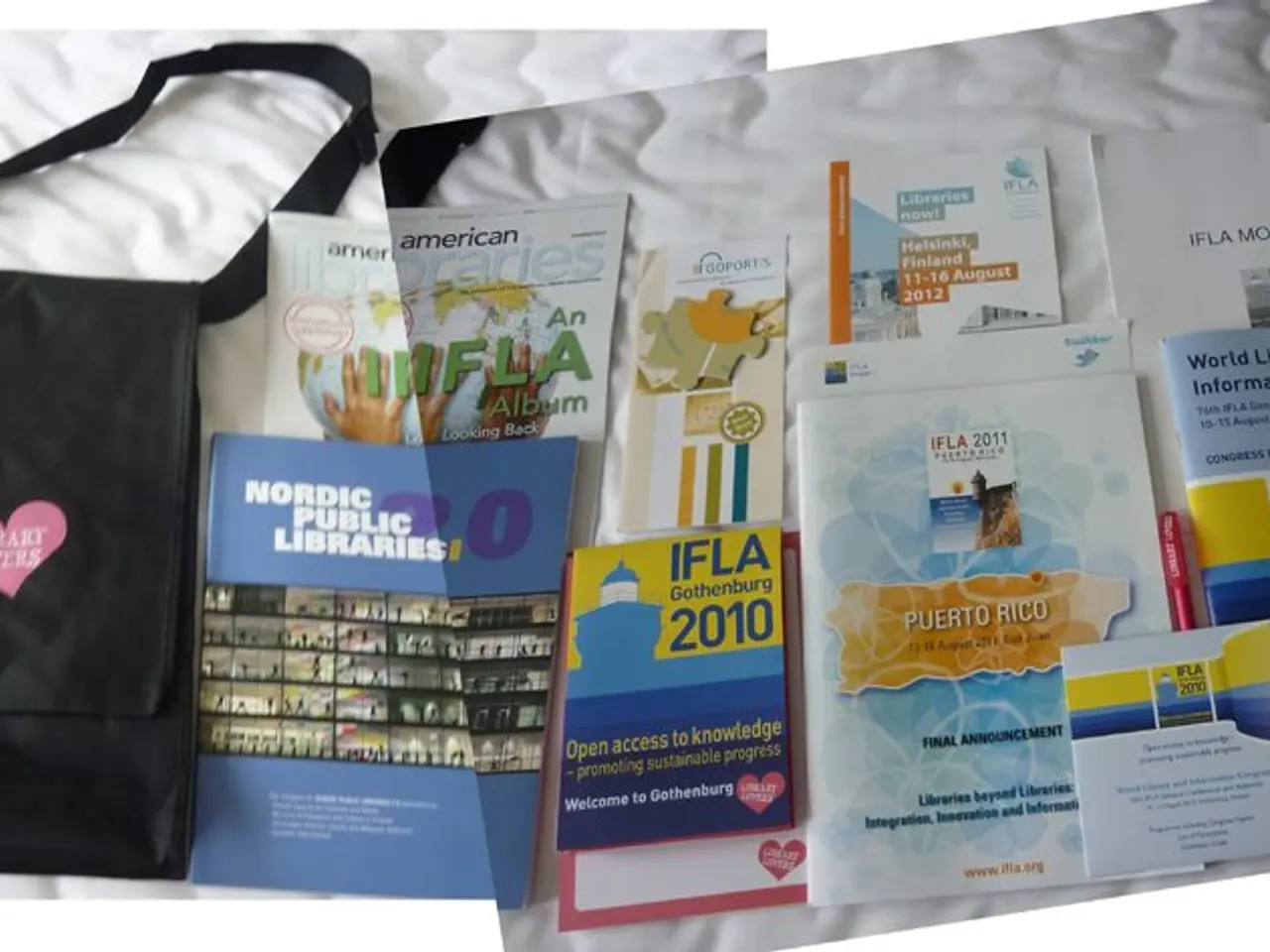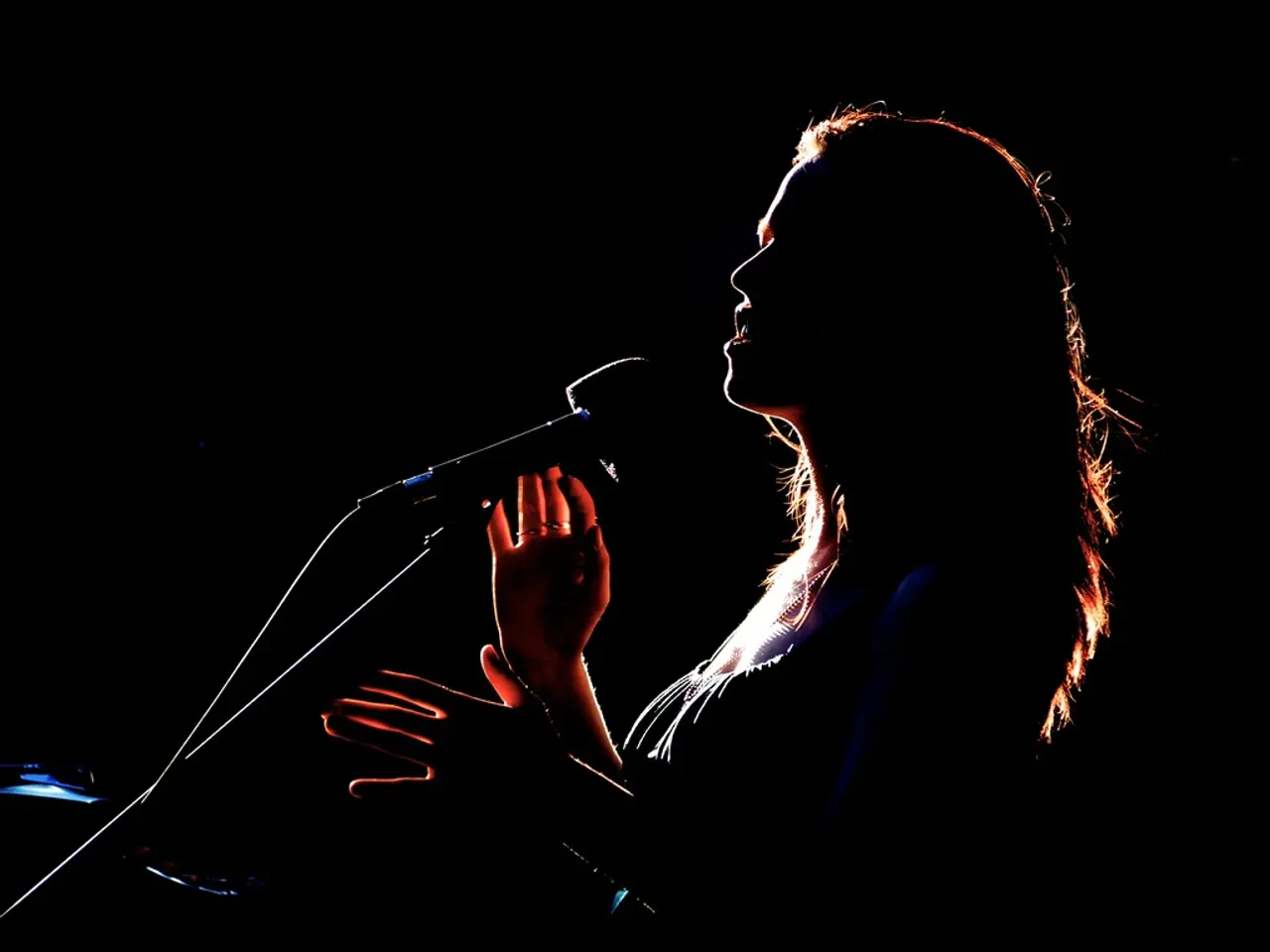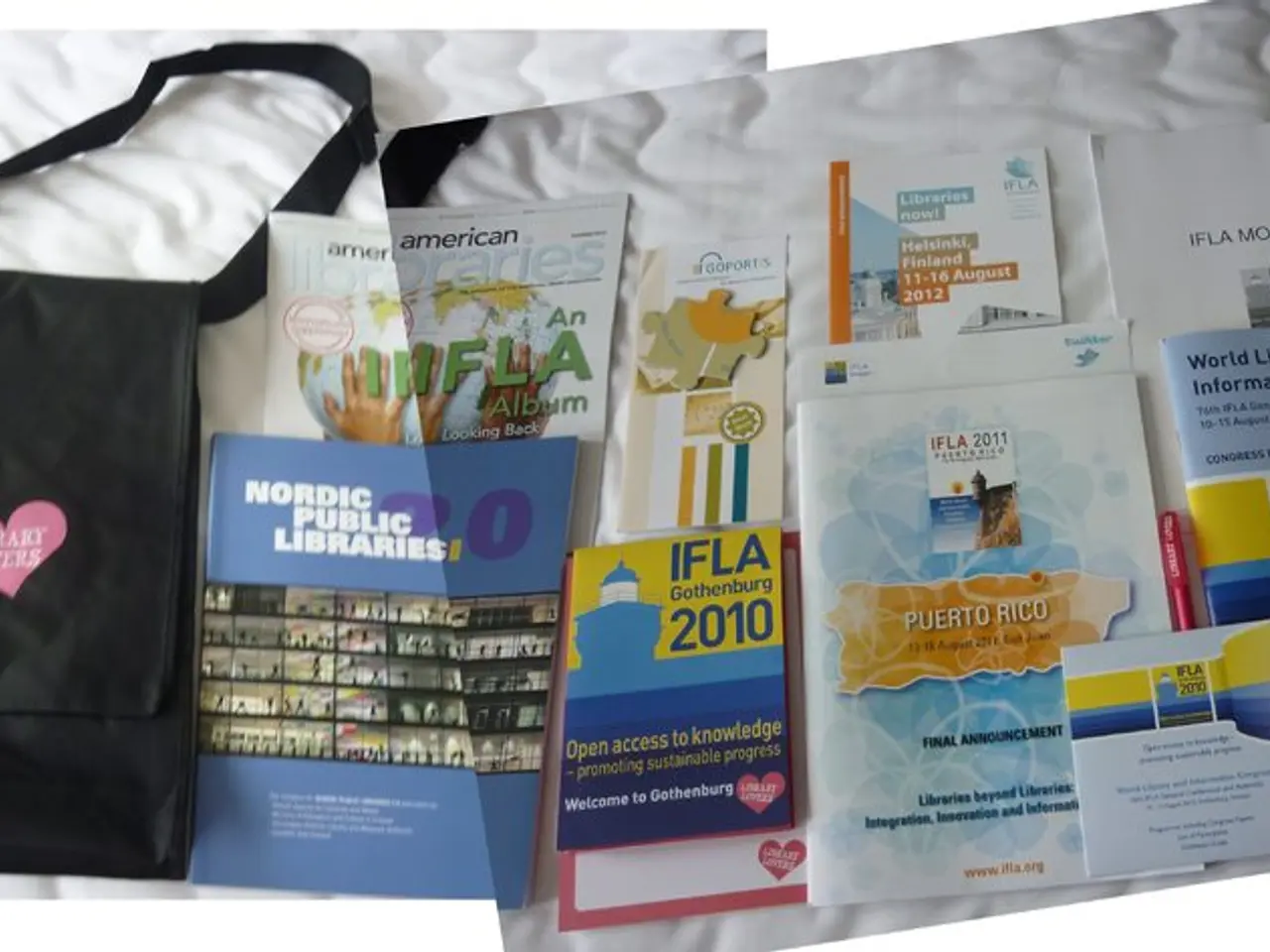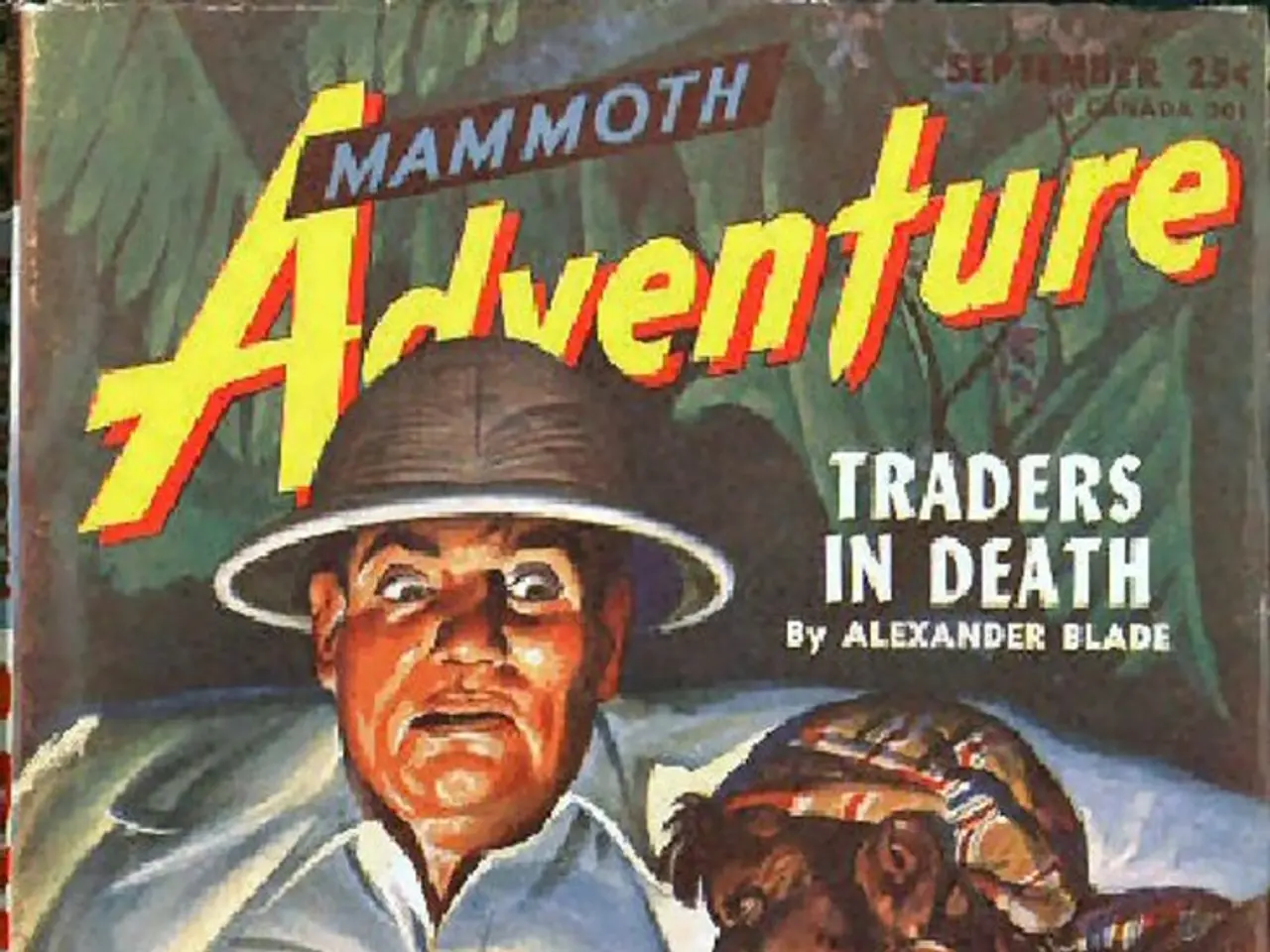Crafting Nightmares on Paper: A Guide to Creating a Horror Screenplay
In the world of screenwriting, the horror genre continues to captivate audiences with its spine-tingling tales and relentless pacing. This article, part of a blog series titled "Mastering the Art of Screenwriting," delves into the essential elements that make a successful horror script.
Character Development
Creating relatable, flawed, and goal-driven protagonists is crucial in horror screenwriting. By giving characters real fears, desires, and backstory, even if only hinted at, audiences can form a personal connection with them, heightening the suspense and fear. Characters don't have to be universally sympathetic; they just need to be compelling and believable, with their dialogue and actions revealing their personality and decisions under pressure feeling true to their nature.
Pacing
Horror scripts typically follow a three-act structure, with Act One establishing the world, introducing characters, and planting seeds of unease. The inciting incident disrupts normalcy with a brush of horror, setting the tone for the rest of the film. Act Two escalates the threat through close calls, revelations, and rising tension, often revealing the antagonist’s true power at the midpoint. Act Three delivers the climax—the confrontation with the evil—and a resolution, which can be hopeful or bleak.
For short films, a clear, primal fear and a simple concept that lets the focus stay on tension and atmosphere are key. Every scene should escalate the tension, with tight pacing that doesn't slow down too much. Playing with scenes and timelines can also keep the audience off balance, deferring crucial reveals and using cliffhangers to maintain anticipation.
Building Suspense
Atmosphere and sensory detail are essential in crafting a foreboding mood and immersing the audience in unease. Tension-adding techniques, such as deeper point-of-view, dramatic irony, and “show, don't tell,” can heighten the suspense by hinting at danger without revealing it immediately. Cinematic techniques, like low-key lighting, Dutch angles, long takes and slow pans, POV shots, and alternating between slow builds and sudden shocks, can create a rhythm that keeps the audience on edge.
Withholding information is another technique used to build tension and relatability. Hinting at threats rather than showing them outright allows the audience's imagination to run wild, and avoiding over-explaining the nature of the horror can create a sense of mystery and intrigue.
By focusing on these elements, you can craft a horror script that grips the audience with compelling characters, relentless pacing, and skin-crawling suspense. Understanding your subgenre, developing a compelling premise, and mastering pacing are key to captivating an audience in horror screenwriting. The horror genre has been a consistent feature in cinematic history, with beloved films like Evil Dead (2013), The Witch (2015), Jaws (1975), and Scream (1996) setting the standard for suspense and terror.
The logline for the film "Smile" (2022) is: "After witnessing a bizarre, traumatic incident involving a patient, a psychiatrist becomes increasingly convinced she is being threatened by an uncanny entity." With its focus on character development, pacing, and building suspense, "Smile" promises to deliver a thrilling horror experience that will leave audiences on the edge of their seats.
Storyboarding is useful in visualizing the progression of a horror film, ensuring that every scene contributes to the escalating tension and the development of characters' responses to the unease. Character-development and screenwriting go hand-in-hand, as understanding the psychology of a character can lead to more impactful writing in the horror genre, as showcased in movies and TV shows like 'Smile (2022)'.
